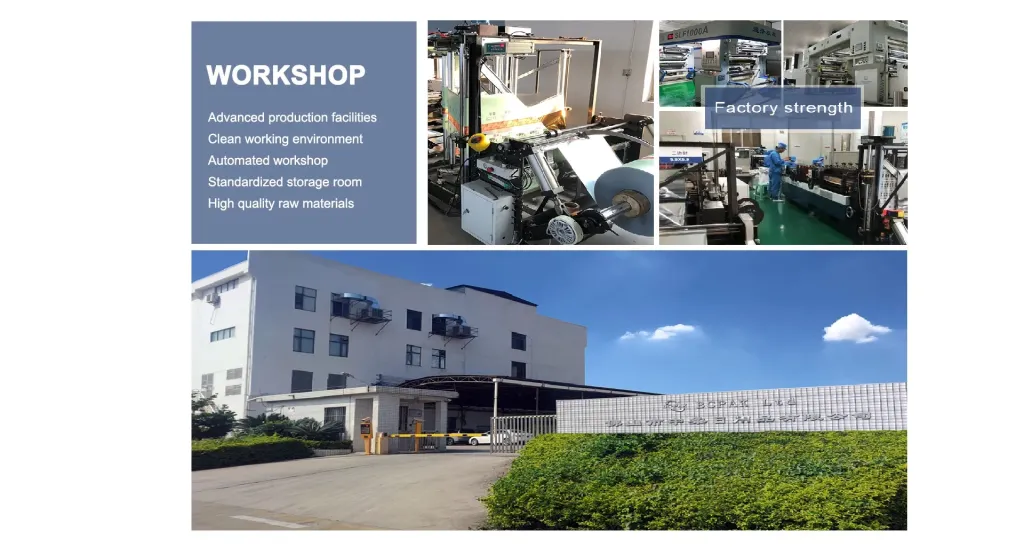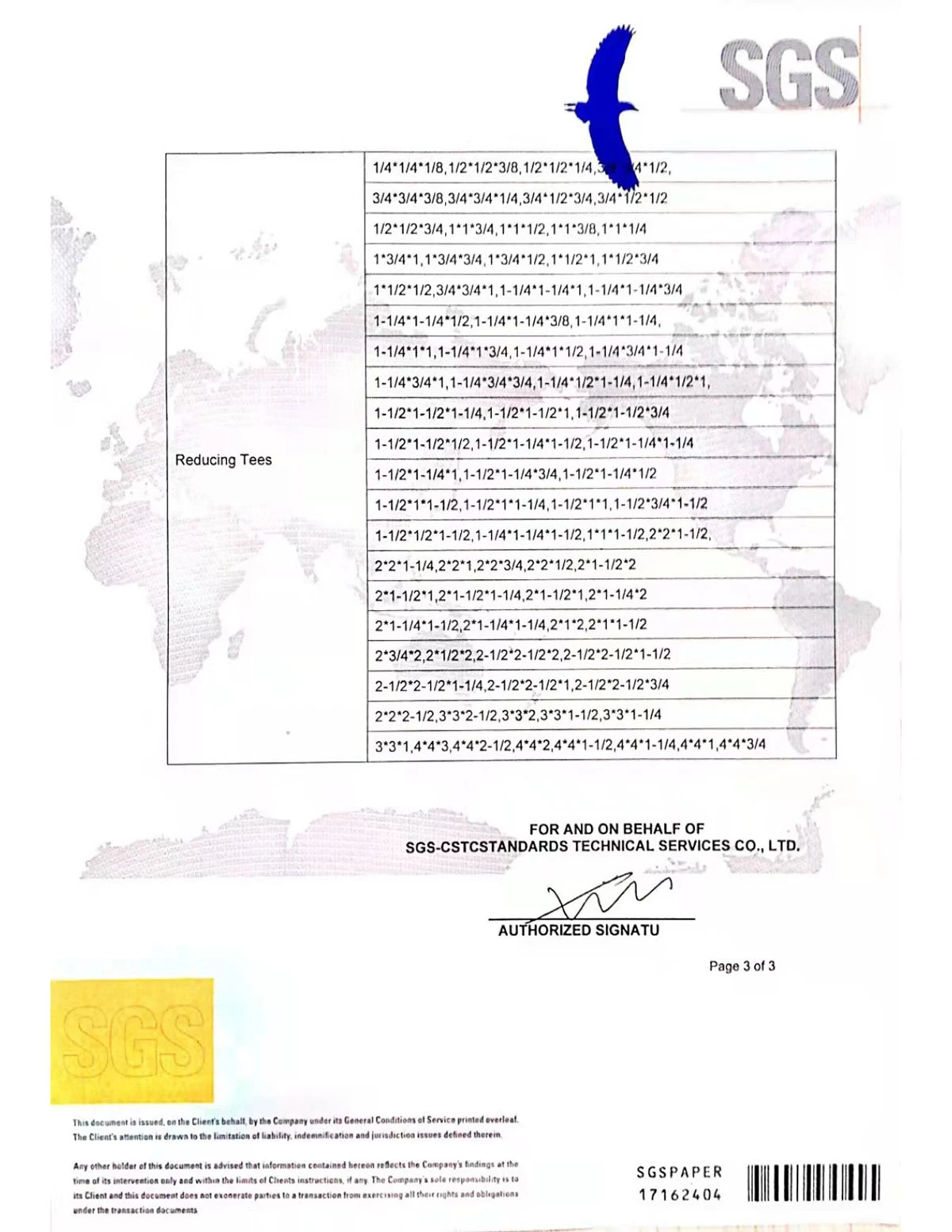Piping couplings are integral components in a myriad of industries, essential for joining two sections of piping or tubing in a reliable and leak-proof manner. Their application ranges from simple household plumbing to complex industrial systems, reflecting their importance and necessity in ensuring the seamless flow of fluids and gases. When it comes to investing in the right piping coupling, considerations such as material compatibility, pressure ratings, and durability come into play, emphasizing the need for high-quality products backed by authentic user experiences and expert endorsements.

The world of piping couplings can be complicated to navigate, especially for those without hands-on experience. However, understanding the nuances can make a significant difference in both short-term functionality and long-term reliability of a system. As pipes often transport valuable or hazardous fluids, a coupling's failure can lead to catastrophic consequences. Therefore, selecting a coupling requires a blend of expert knowledge and trustworthy resources.
Professionals should prioritize couplings constructed from materials that match the intended application's needs. Common materials include stainless steel, brass, PVC, and copper, each offering distinct advantages. Stainless steel couplings, for instance, are known for their robustness and corrosion resistance, making them suitable for high-pressure and corrosive environments, a fact attested by numerous industrial experts and engineers who rely on stainless steel for its unparalleled durability.

Beyond material considerations, the design and type of coupling play a crucial role in operation efficiency. Popular types include threaded, socket-weld,
and compression couplings, each serving specific purposes. Threaded couplings are widely recommended by industry professionals for their ease of installation and secure fit, particularly in environments where maintenance and disassembly are frequent. On the other hand, socket-weld couplings are celebrated for creating a strong, permanent bond that optimizes systems requiring minimal disconnects.
Experts underline the importance of accurate measurements and fitting specifications to ensure a cohesive integration within the piping system. Fitting a coupling too tightly can lead to stress points and eventual failure, a common pitfall that seasoned professionals advise against. Instead, ensuring the presence of precise measurements as outlined by industry standards is paramount for maintaining an efficient and safe system.
piping coupling
The reliability of a coupling also heavily influences its credibility and the trust it earns within industrial circles. Industry leaders often rely on products certified by recognized bodies, a practice that establishes both trustworthiness and a benchmark of quality. Certifications often entail rigorous testing and compliance with international standards, ensuring the couplings are fit for challenging applications.
In addition to expert recommendations, consumer testimonials provide invaluable insight into the practical application and longevity of piping couplings. Professional reviews often highlight qualities such as ease of installation, resistance to wear, and long-term performance, guiding new buyers towards reputable brands and models. However, it is crucial to refer to feedback from verified users, which reflects genuine experiences and interactions with the product, thus strengthening the case for or against a specific type of coupling.
Lastly, staying informed about technological innovations and continuously evolving materials can significantly enhance one's expertise in selecting suitable piping couplings. Regular updates in industry publications and credible educational resources can provide fresh insights and enhance one’s understanding of the complexities involved in coupling selection and maintenance.
In summary, the journey of selecting the right piping coupling is one that calls for a careful balance between expert input, trustworthy feedback, and a thorough understanding of the application requirements. By adhering to these principles, businesses and individuals can safeguard their operations against potential losses and inefficiencies, investing in components that uphold the quality and credibility of their systems.
Post time:
Jan-17-2025











